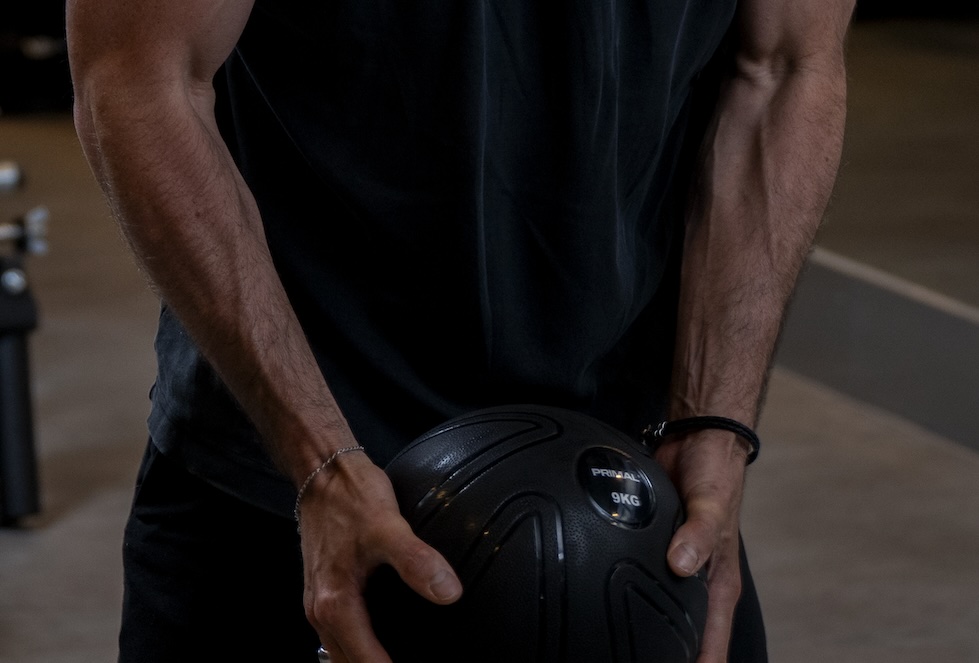How to Give Feedback as A Personal Trainer: Your Complete Guide
Customer follow-up, Trainer Guide
Giving feedback as a personal trainer is an essential skill that helps your clients improve, stay motivated, and achieve their fitness goals. Effective feedback ensures proper form, prevents injuries, and strengthens trust between you and your clients. In this guide, we’ll explore the best strategies for delivering impactful feedback.

Why Feedback is Crucial for Personal Training Success?
Being a personal trainer is about more than just creating workout plans; it’s about guiding, supporting, and educating your clients every step of the way. Feedback plays a crucial role in this process, helping clients to:
- Improve technique and overall performance
- Reduce the risk of injury by ensuring proper form
- Stay motivated and build confidence
- Develop self-awareness and accountability
- Strengthen their relationship with their trainer
- Stick with their fitness programs long-term
- Have a more positive and rewarding training experience
When feedback is delivered effectively, it becomes a powerful tool for growth and transformation. But to make a real impact, it needs to be clear, constructive, and tailored to each client’s unique needs and personality.
Types of Feedback in Personal Training
Giving the right kind of feedback is one of the most important parts of being a personal trainer. It helps clients improve, stay motivated, and feel good about their progress. The way you communicate can make a huge difference in their experience and success. There are three main types of feedback:
- Positive Feedback: Highlight what your client is doing well to build their confidence and reinforce good habits. Recognizing their strengths helps them stay motivated and keeps them coming back.
- Corrective Feedback: Help clients improve their movements and avoid injury by offering clear, constructive guidance. The goal is to correct mistakes in a way that’s helpful, not discouraging.
If a client’s back is rounding during a deadlift, instead of just saying, “That’s wrong,” try, “Keep your chest up and engage your core; this will help protect your back.” Giving simple, actionable cues makes it easier for them to adjust while still feeling supported.

- Motivational Feedback: Sometimes your clients just need a little push to keep going, especially when they’re feeling tired or discouraged. Motivational words can help them go beyond their limits and keep them engaged.
Tips to Give Effective Feedback as A Personal Trainer
Here are some effective ways you can use when giving feedback to trainees:
1. Use the “Sandwich” Method
One of the most effective ways to give feedback is by using the sandwich method. This involves:
- Starting with a positive comment (e.g., “Great effort on that set!”)
- Providing constructive criticism (e.g., “Try to keep your back straight during squats to avoid injury.”)
- Ending with encouragement (e.g., “You’re improving every session; keep up the great work!”)
This method ensures that clients remain motivated while also addressing necessary corrections. Clients who feel appreciated and encouraged are more likely to trust and follow your advice.
2. Be Specific and Clear While Giving Feedback as a Personal Trainer
Unclear feedback like “Good job” or “You need to improve” doesn’t provide actionable insights. Instead, give them precise comments:
- Example: Instead of saying, “Your squat form needs work,” say, “Make sure your knees don’t extend past your toes to avoid strain on your joints.”
- Example: Instead of “You’re lifting well,” say, “Your grip strength has significantly improved, allowing you to deadlift heavier weights.”
Clarity ensures that clients understand exactly what they need to work on and how to do so effectively.
3. Adapt Feedback to Individual Clients
Every client is different. Some may prefer direct, technical feedback, while others need a more supportive and motivational method. Understanding each client’s personality and style will help you tailor your feedback effectively.
For example:
- Analytical clients may appreciate detailed breakdowns of biomechanics and progress tracking.
- Emotional clients may respond better to encouragement and reinforcement of their achievements.
- Visual learners may benefit from video recordings of their form with side-by-side comparisons of proper techniques.
- Kinesthetic learners may prefer hands-on adjustments and feeling the correct movements through guided practice.

4. Provide Real-Time Feedback During Workouts
Immediate corrections help clients adjust their movements on the spot, preventing potential injuries. Saying, “Engage your core while lifting to protect your lower back” during an exercise is much more effective than mentioning it after the session.
Correcting technique in real-time reinforces muscle memory, making improvements more lasting. Encourage clients by offering real-time praise when they successfully adjust their form.
5. Use Visual and Hands-On Demonstrations
Some clients learn better with visual cues. Show them the correct form or use mirrors or videos to highlight areas for improvement. For example, if a client struggles with deadlift posture, show them a video comparing their form to the correct technique.
If they prefer hands-on experience, guide them into the right position. Always ask for permission before making physical adjustments.
If you want to get a comprehensive picture of your core duties as a personal trainer, we recommend checking out the following guide:
6. Encourage Self-Assessment and Reflection
Ask your clients how they feel about their progress. Questions like:
- “How did that set feel?”
- “Do you notice any discomfort when performing this movement?”
- “What do you think you did well in this session?”
- “What do you feel needs improvement?”
Encouraging self-reflection empowers clients to take an active role in their fitness journey and recognize their improvements.
7. Highlight Achievements with Positive Feedback
Positive feedback keeps clients motivated and excited to keep improving. Some examples include:
- “Your endurance has significantly improved; you handled that circuit effortlessly!”
- “I can see a major difference in your posture and core strength. Keep up the great work!”
- “Your hard work is paying off; you’re lifting more and moving better!”

8. Address Challenges and Setbacks Constructively
Clients will face obstacles, whether it’s hitting a plateau, struggling with motivation, or recovering from an injury. The key is to address challenges constructively:
- “You’ve been stuck at this weight for a while, but let’s tweak your approach and see if we can push past this plateau.”
- “Your strength levels are stable, but incorporating a new variation may challenge your muscles in a new way.”
- “Injuries can be frustrating, but let’s focus on what you can do and modify exercises to keep you progressing.”
9. Track Progress and Set Goals
Clients appreciate proof of their progress. Keeping a record of their achievements and discussing goals regularly can help maintain motivation. Use:
- Progress photos
- Performance metrics (e.g., weight lifted, reps completed, endurance levels)
- Client feedback journals
- Strength, mobility, or endurance assessments
By tracking progress, you can show clients how far they’ve come and what adjustments can help them continue improving.
10. Adjust Communication Based on Client Feedback
Feedback should be a two-way process. Encourage clients to share their thoughts on your training approach. Ask questions such as:
- “Is there anything you’d like me to explain differently?“
- “Do you prefer more frequent feedback during workouts or a recap at the end?“
- “How do you feel about your progress so far?“
Being receptive to their preferences creates a positive and productive training environment.

How to Give Feedback as a Personal Trainer: Sample Script
Here’s a simple script to guide you when giving feedback:
Hey [Client’s Name], you’re really giving it your all today! I can already see improvements in your [specific aspect, e.g., endurance]. One small adjustment to focus on is your [specific correction, e.g., core engagement]—that will help you maintain better form and get even better results. You’re doing great, and I’m excited to see how much progress you’ll make by our next session!
Check the Most Popular FAQ’s
1. How does the personal trainer know what type of feedback the client needs?
Pay attention to their personality and learning style. Some clients prefer detailed instructions, while others respond better to praise and motivation.
2. How does a personal trainer track his client’s progress through feedback?
Keep notes on their performance, highlight improvements, and adjust goals to ensure continuous growth and motivation.
3. How can a personal trainer give effective feedback?
Feedback should be specific, actionable, and timely. Clear, concise feedback tailored to the client’s needs will be most impactful.
4. How can a personal trainer give feedback without discouraging his client?
By using the “sandwich method”: start with something positive, offer constructive feedback, and end with encouragement.
5. How can a personal trainer handle clients who are resistant to feedback?
Start with positive comments, then gently offer improvements. Explain how it helps them reach their goals. Be patient and supportive.

Providing effective feedback as a personal trainer is essential for helping clients reach their fitness goals. Using positive feedback, clear and specific guidance, and real-time corrections will ensure they stay motivated and safe.
Tailor your feedback to each client’s needs, encourage self-assessment, and always communicate in a supportive manner.
By applying these strategies on how to give feedback as a personal trainer, you’ll strengthen your relationships with clients, improve their training experience, and achieve greater success together! To further enhance your feedback skills and grow your training business, check out SuperCoach.
